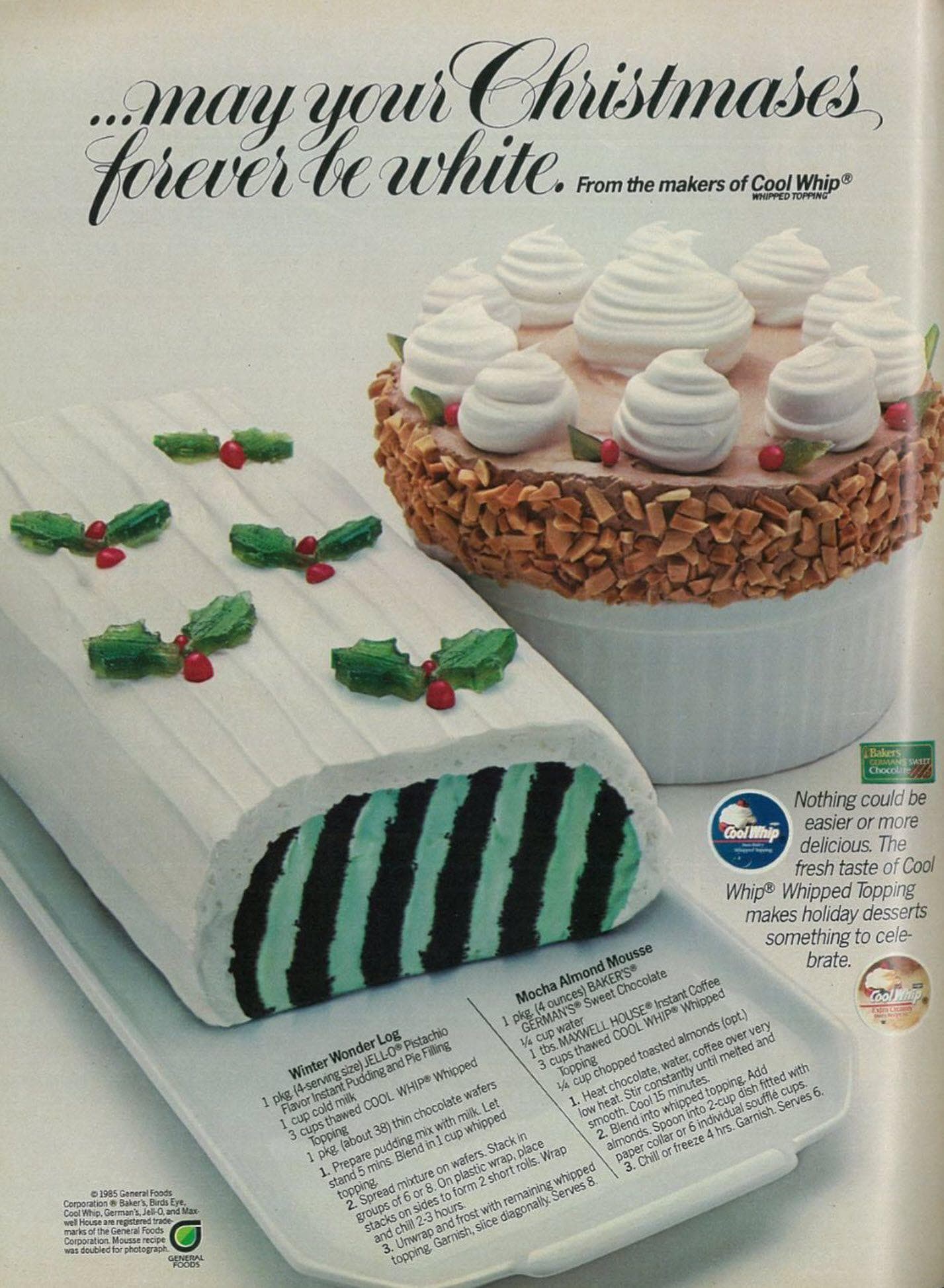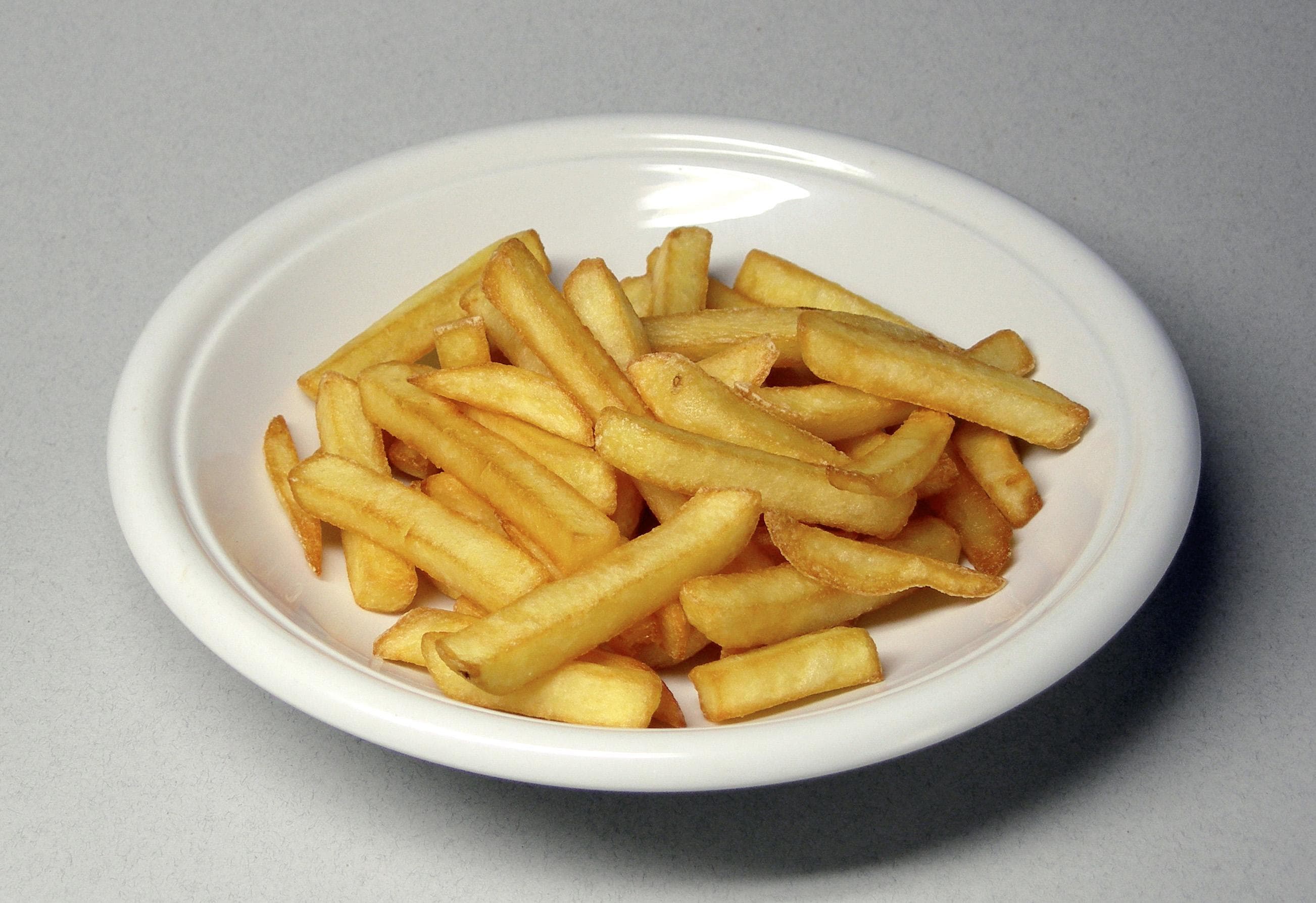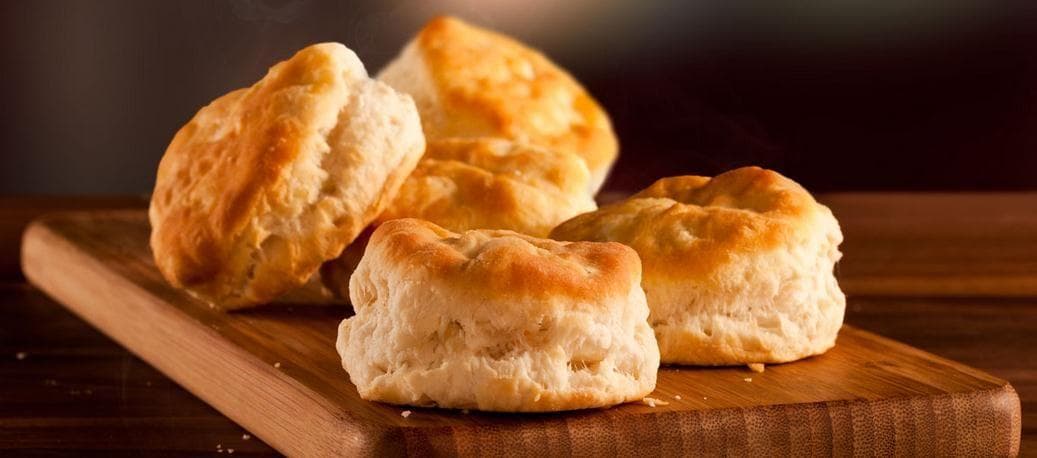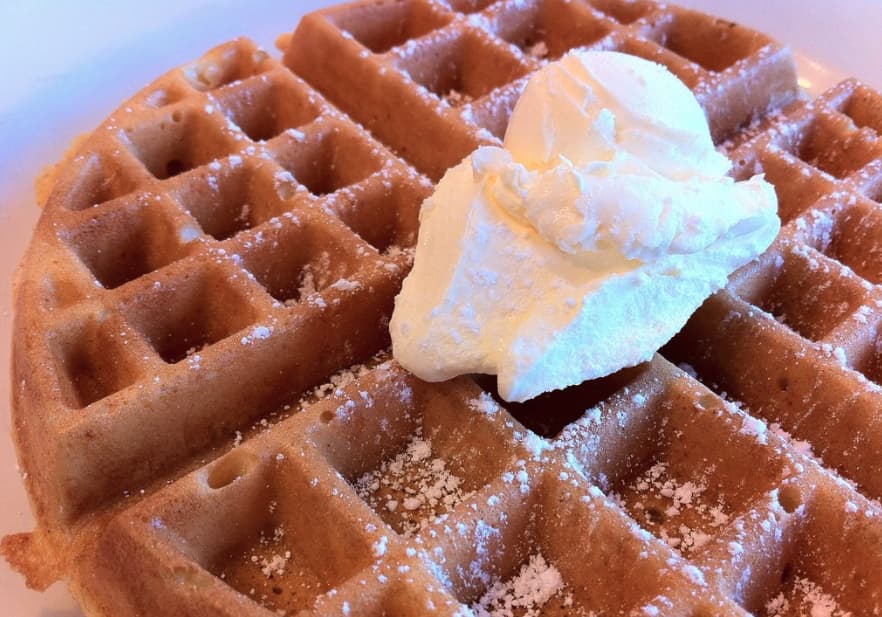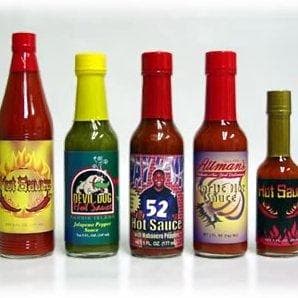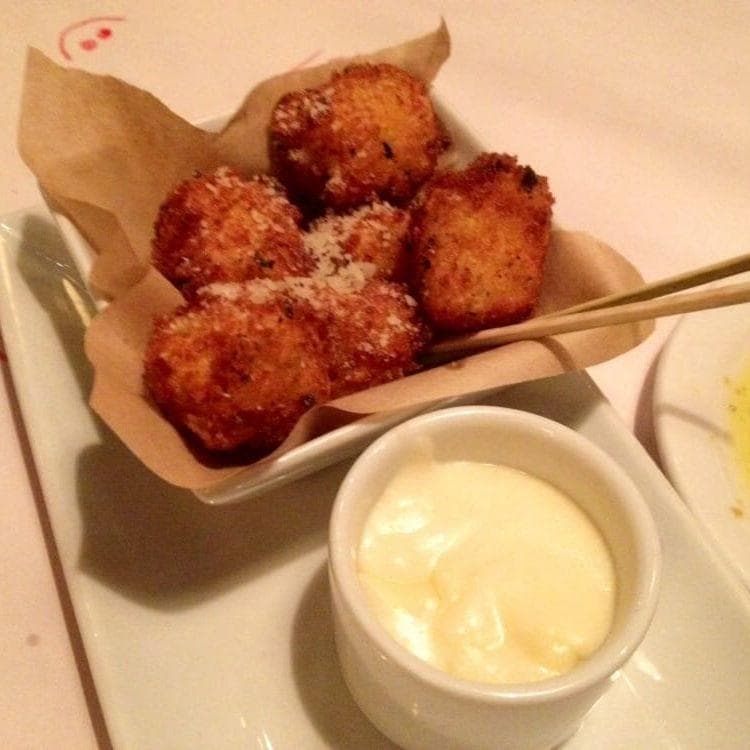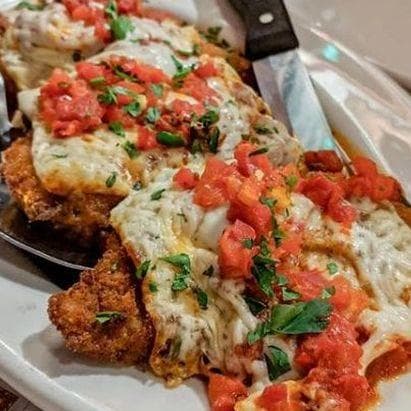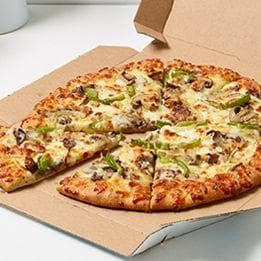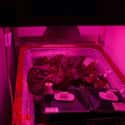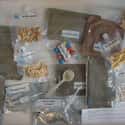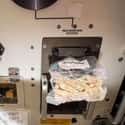-
(#5) Astronauts Are Experimenting With Growing Their Own Food
The biggest problem with sending food along into space with astronauts is that it takes up room and weighs down the shuttle. Obviously there's no oxygen in space, so it's hard to grow food while in orbit, but it's not impossible.
Astronauts are experimenting aboard the ISS by creating a small garden in a sealed chamber. Their first crop, "Outredgeous" lettuce (a red romaine) successfully grew and was edible, so they're adding new crops to their mini-garden.
-
(#10) The Shelf Life Of Food In Space Is Minimal
Michele Perchonok, one of the culinary creatives behind developing and prepping food for astronauts in NASA's Institute of Food Technology, has noted that the hardest part of her job is creating foods that keep on a long mission. Everything she makes has to be able to last for at least a year without spoiling, and if the food is going to go to the ISS and back then it needs to be good for at least 18 months.
Unfortunately, at least 10 of the foods that astronauts eat lost their color, taste, and nutritional value in less than a year. She's currently working to try to find something that can last on a trip to Mars, which would take around five years, and she says that at that point NASA is only left with seven items. At the moment, her goal is to find items that can not only keep their flavor for a long-term mission, but also find something that can hold onto its nutrients for the trip.
-
(#16) John Glenn's First Meal In Space Was Disgusting
Folks, it hasn't always been great to go to space. Sure, the magnificence of looking at Earth from above and the peace and quiet of the stars was always there, but the catering used to be terrible. When John Glenn was first sent to space in 1962, scientists weren't even sure if our bodies worked the same once we were in space. Glenn's first meal? A tube of applesauce and some sugar tablets. Yum.
After Glenn proved that our bodies handle nutrients the same way in space as they do on Earth NASA began working on the most basic of recipes for astronauts. Most of the early meals were pureed like the tube of beef and vegetables that Glenn would later "enjoy," but by the '70s, astronauts were digging into freeze-dried meals.
-
(#1) Gravity Alters The Cooking Process
There are pros and cons to cooking outside of the Earth's gravity. On one hand, cooking in outer space totally ruins the boiling process. Jean Hunter, a professor at Cornell who studies how space affects cooking says that we need gravity in order to get a good boil going. Without gravity vapor doesn't separate from liquid and steam can't escape. She told io9:
"Rather than the water boiling like on earth where the bubbles rise to the top and release steam, what you’d get is more like a can of soda flowing over. It would be very difficult to cook with it."
-

(#14) Food Waste In Space Is Pretty Sustainable
If food waste is a problem on Earth, then it has to be an even bigger issue in space. If astronauts don't eat all of their meals the left over refuse can either get into control panel or it just go back and make the shuttle smell terrible — and no one wants a smelly shuttle. Rather than jettison their trash every day, astronauts hold onto it until they return to Earth.
As their craft returns to Earth, the trash is incinerated in the atmosphere, destroying the trash and saving NASA from a major cleaning bill.
-
(#4) A Sandwich In Space Is Nothing Like A Sandwich On Earth
Unfortunately for any foodie astronaut, if you make it to space you probably won't be able to enjoy your favorite meals while aboard the ISS or while you're in transit to Mars. If you wake up in the middle of the night with a hankering for a snack you'll have to eat an M.R.E. instead of a dagwood sandwich, unless you want to make your sandwich with a tortilla.
Because bread is so crumbly it can't safely be taken into space.The crumbs can get into control panels or they might even be inhaled by a sleeping astronaut causing them to choke — and nobody wants that. According to NASA, the tortillas they send along with astronauts are specially designed not to crumble and they can be used for anything from sandwiches to quesadillas.
New Random Displays Display All By Ranking
About This Tool
Astronauts‘ diet is a wide variety of foods, including not only fresh bread, fruits, chocolates, but also fries and meatballs in space food boxes, as well as condiments such as ketchup. Most of these foods are highly concentrated and liquid. Astronauts' foods are different from those on Earth. When eating, they need to float to the kitchen and squeeze the food into their mouth like toothpaste.
Many people are curious about the life of astronauts. This random tool introduces 18 astronaut foods. Maybe you know more about the details and appearance of these space foods, and you won't want to enjoy them.
Our data comes from Ranker, If you want to participate in the ranking of items displayed on this page, please click here.


